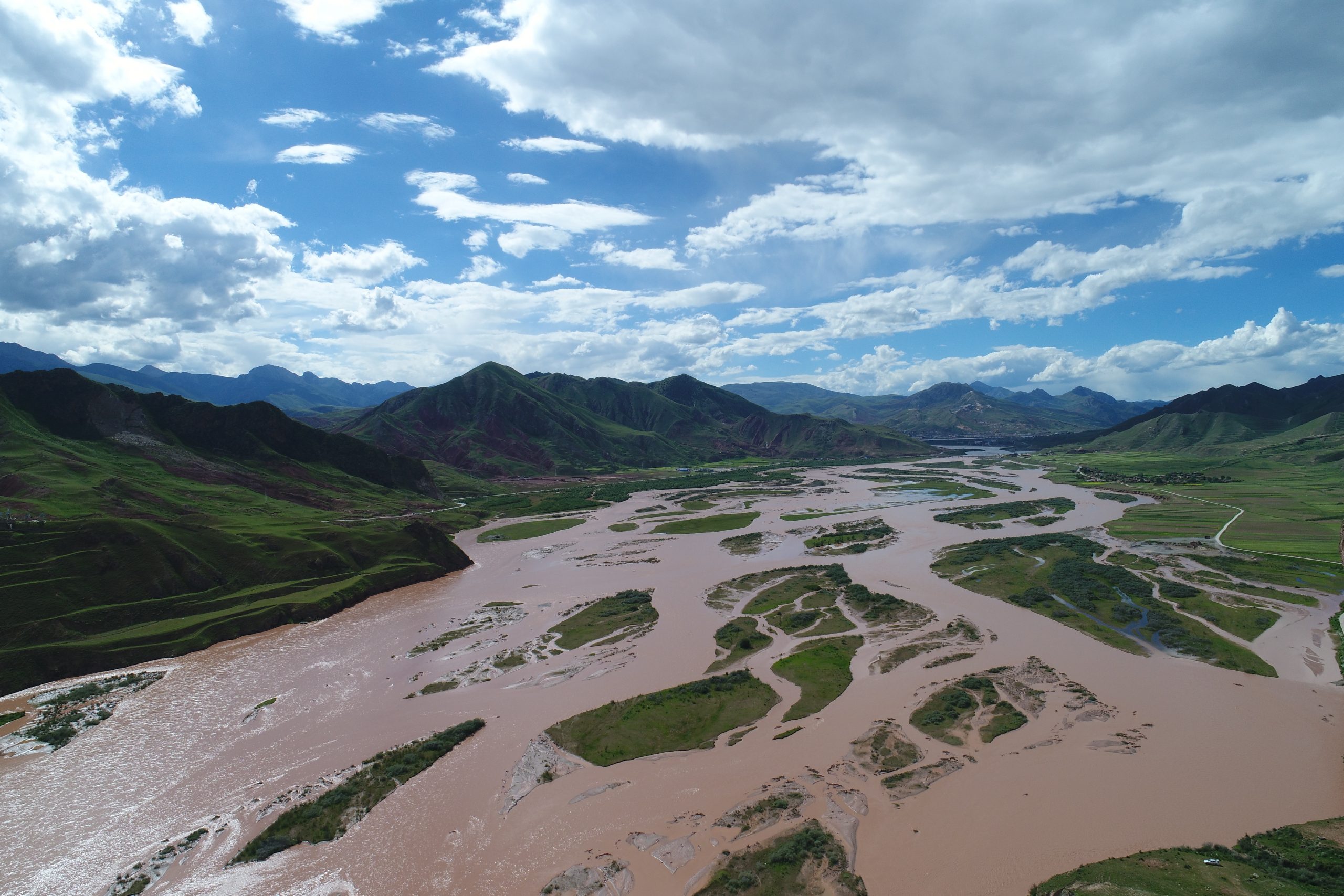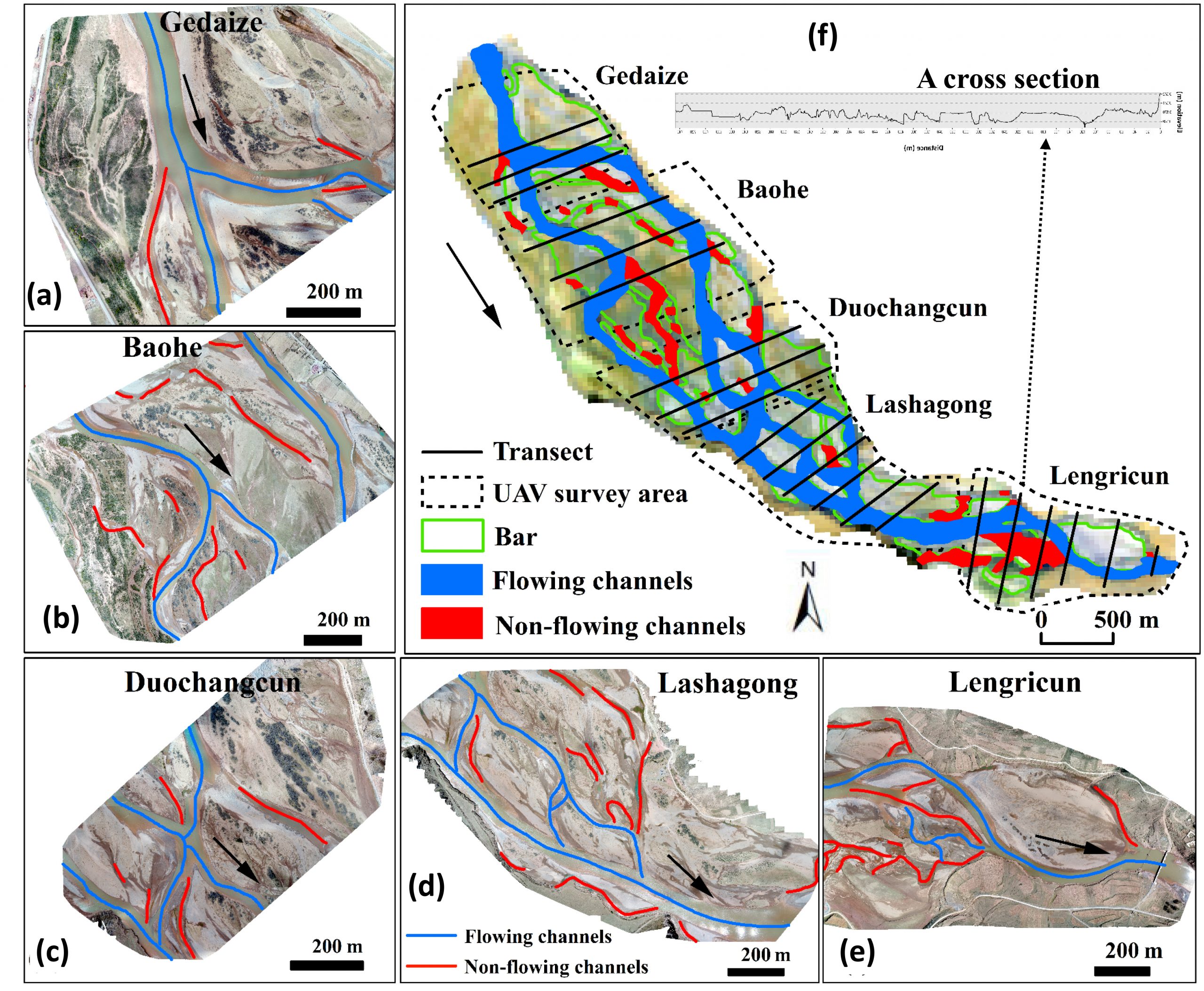Determining functional characteristics of braided rivers affecting river biodiversity
Geomorphology provides an integrative and systemic framework to understand river functioning that affects river biodiversity. This functioning is reflected by the interaction among morphological structure of a braided river, vegetation on gravel/sand bars, and ground water level. In an ongoing study, we are exploring temporal changes of two morphological metrics, braiding intensity and active channel width for flowing and non-flow channels over about four decades and linking these temporal patterns to changes of vegetation areas and hydrological processes. The main challenge this study is facing is lack of hydrological data. We then have developed a method of correlating a photogrammetric index, NDWI to daily discharges and are using it to predict the missing daily discharges in the past four decades. Our results show that temporal changes of non-flowing channels could infer the degree of integration between ground water and surface flows in the braidplain. Along this line, the approach of linking NDWI to existing daily discharges allows us to make up the missing information of daily water discharges in other braided rivers of the Upper Yarlung Tsangpo River.
The Upper Lancang River
 |  |
